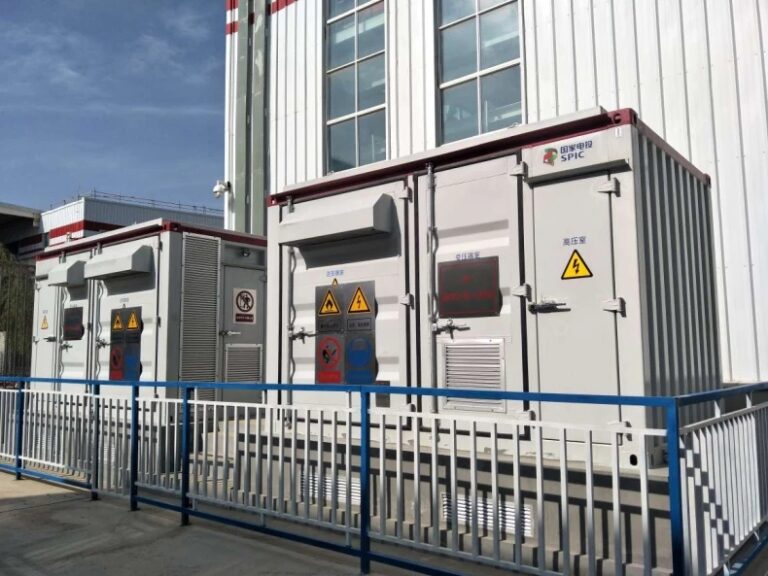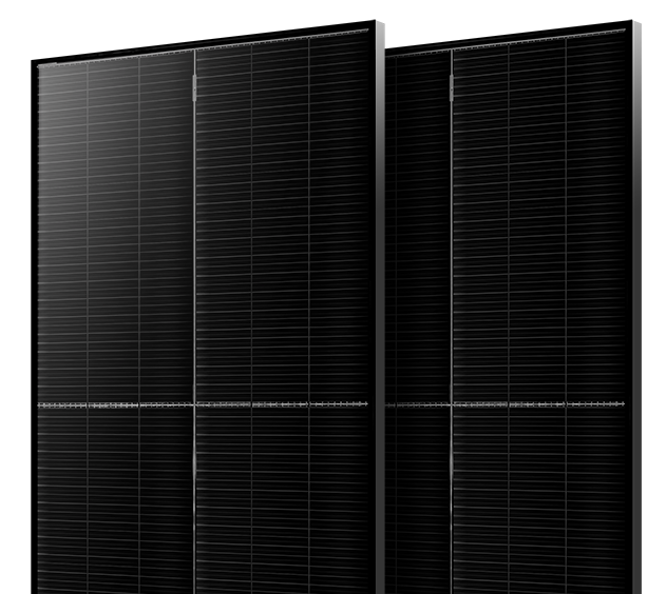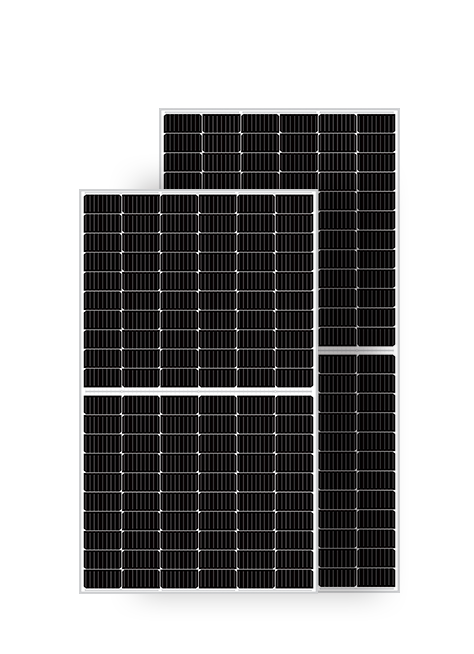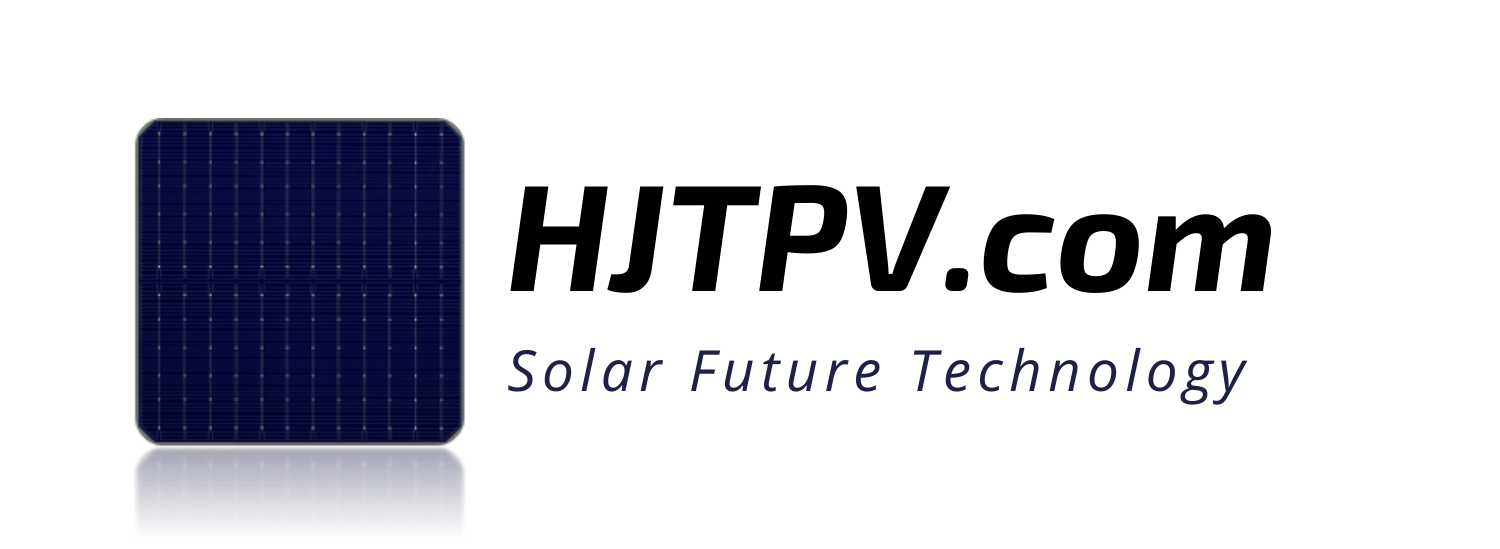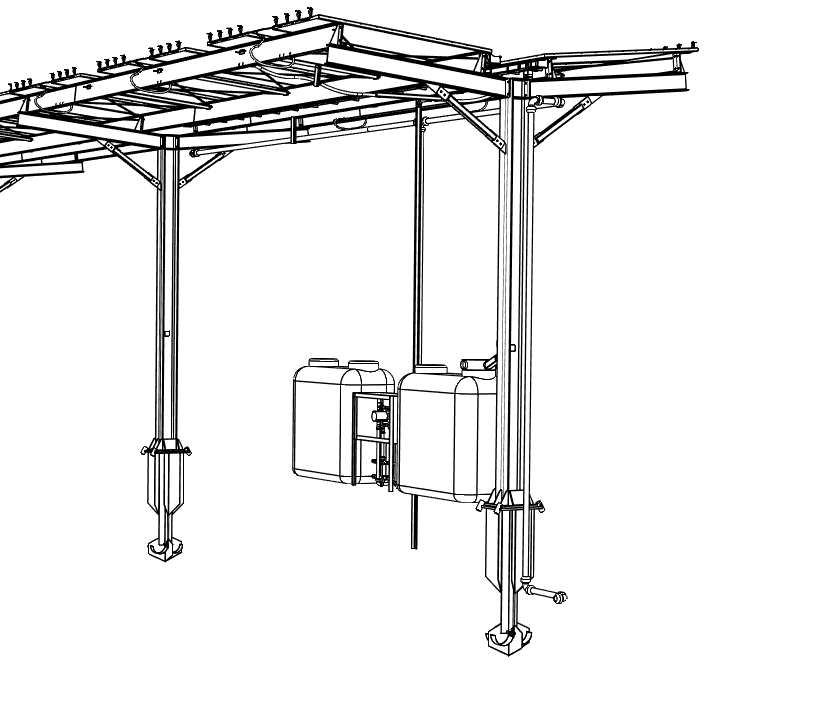
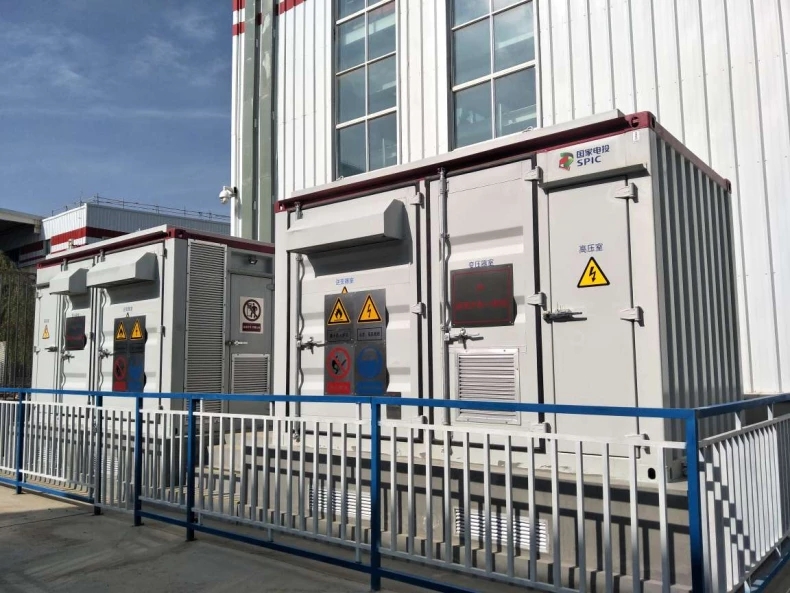
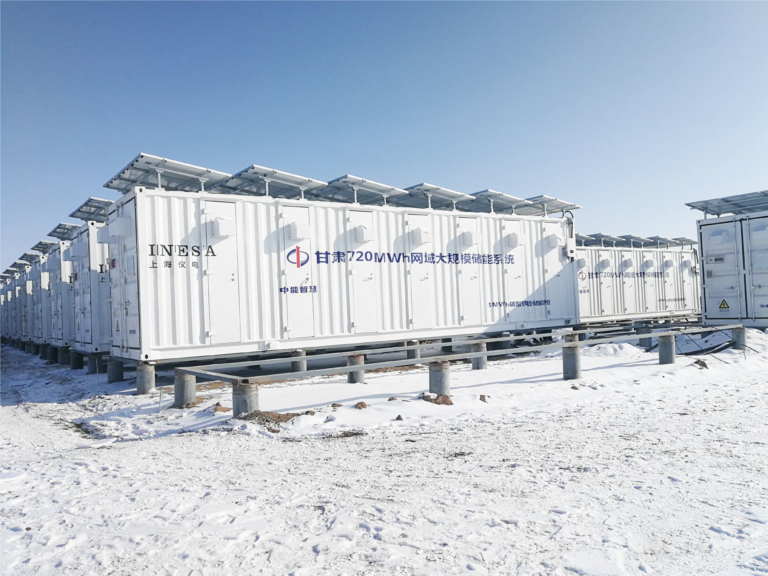
ESS (Energy Storage System)- What is it?
ESS (Energy Storage System), i.e. energy storage systems, covers a wide range of technologies thanks to which energy can be stored when it is overproduced and used when needed. According to the Energy Law Act, electricity storage is an installation that allows electricity to be stored and fed into the power grid.
PROS And Cons ESS (Energy Storage Systems)
- Energy can be stored for longer periods and used when needed
- Improving the efficiency of energy generation
- Improving the quality of energy
- Better efficiency in the management of production and transmission systems
- Balance of voltage and frequency
- Energy is not wasted
- High costs
- Losses in energy storage
- Different performance
Types of energy storage
There sie many kinds of ESS that depend on what characteristic we compare or use to divide. Generally, we can say that exist five main energy storage possibilities.
1. Mechanical:
- pumped storage power plants
- compressed air storage (CAES)
- flywheels
2. Electrochemical
- batteries
- accumulators
3. Chemical
- fuel cells
- storage hydrogen or methane
4. Thermal – which accumulate sensible or latent heat
5. Electric
- supercapacitors
- capacitors
- superconducting energy containers (SMES)
Pumped storage power plants
Most of the energy storage in the world is pumped storage, which is ideal for large-scale energy storage. The principle of operation of pumped storage plants is based on the use of the difference in the height of the land. When there is excess electricity in the network when energy is cheap, water from the lower reservoir is pumped to the upper one, and at peak demand, water is discharged from the upper reservoir. During the fall, the water drives a turbine connected to a generator that generates electricity and gives it back to the grid


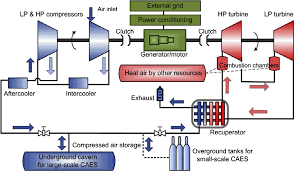
Compressed air CAES storage
Compressed air energy storage “CAES” has a similar principle of operation to pumped storage plants, except that compressed air is used instead of water. Compressed air is stored underground, at a time when there is a power shortage in the network or its price is high, the air is fed to a gas turbine, which generates electricity.

Flywheels
Flywheels are energy stores in which kinematic energy is stored, which is related to the movement of the body mass. The advantage of these energy stores is fast charging, the possibility of independent power and energy design, as well as a large number of charge-discharge cycles. Their disadvantage is, above all, high energy losses at idle.
Batteries
They are energy stores that allow you to store energy in an electrochemical form. They have widely used energy storage facilities, as their loading and unloading does not require additional infrastructure. Batteries are reverse galvanic cells that convert electricity into electrochemical energy. The most commonly used batteries are:
- lithium-ion,
- soda-sulfur,
- lead-acid,
- nickel-cadmium.

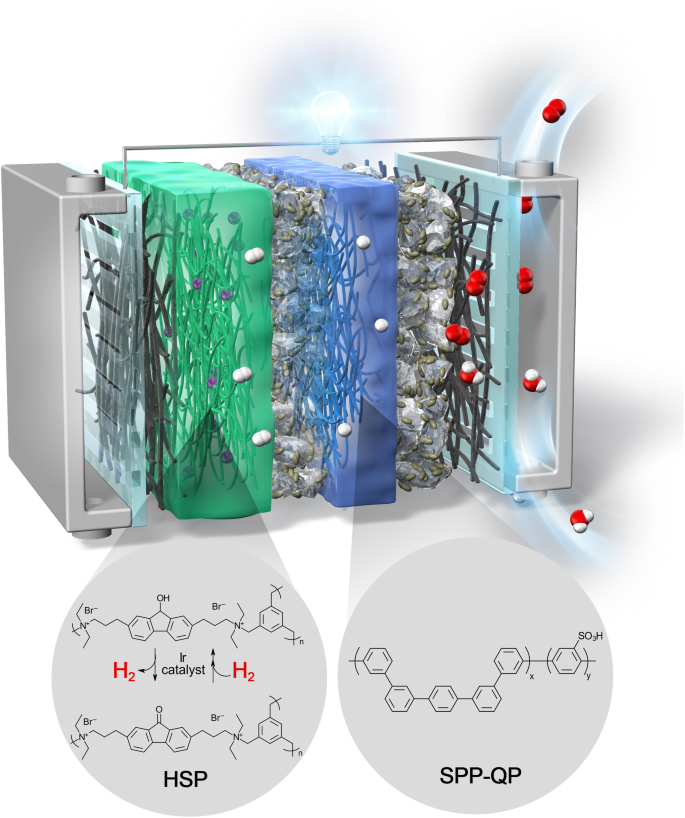
Fuel cells
Fuel cells are energy stores in which the chemical energy contained in the fuel is converted into electricity and heat. In this method of storing energy, a continuous supply of fuel is necessary, so that the energy is stored in the fuel and not in the cell.
Supercapacitors
A supercapacitor is a type of electrolytic capacitor that has a high electrical capacity. These magazines work by collecting an electric charge on the surface of two electrodes, thanks to which it is possible to accumulate a much larger amount of charge than in the case of ordinary capacitors.
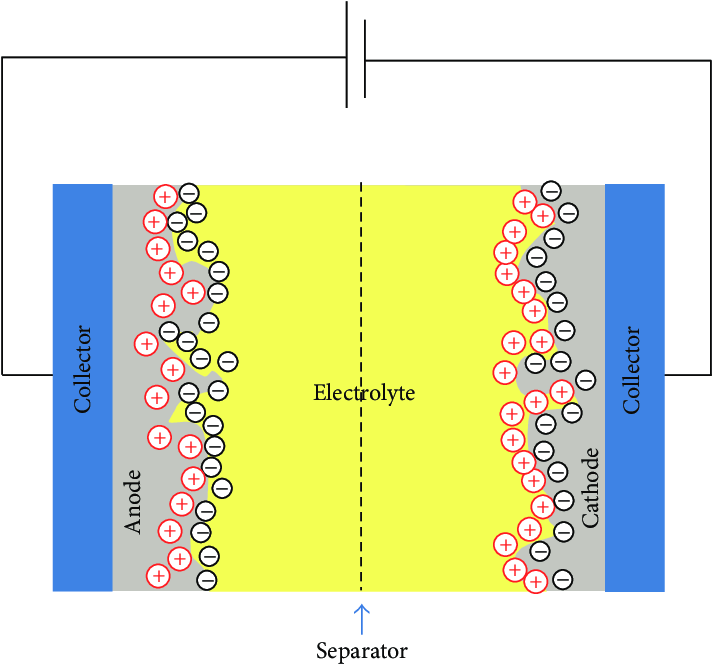
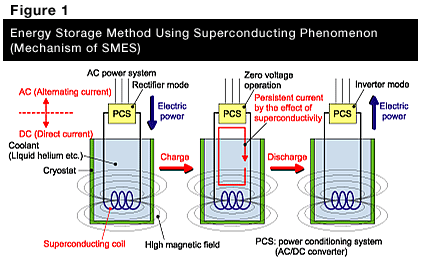
Superconducting SMES energy containers
Superconducting energy containers are storage facilities that use a magnetic field created by a direct current flowing through an electromagnet coil to accumulate and store energy. The advantage of these energy stores is high power and fast charging.
Home energy storage
Energy generated from Renewable Energy Sources can be stored in two ways in-home energy storage or through net-metering, i.e. energy transmission to the power grid under a prosumer agreement with an energy company.
The use of energy storage in households, which generate energy thanks to photovoltaic panels or wind turbines, is profitable because thanks to them they can store the energy that arises during the production of its surplus, i.e. while the sun shines brightly in the case of photovoltaics or there are favorable weather conditions for the operation of turbines wind (appropriate wind speed).
It is estimated that only 80% (in the case of installations up to 10kW) or 70% (in the case of installations of more than 10kW) of energy that was fed into the power grid can be used. If you have energy storage, you can use 100% of the energy stored when the energy demand is greater than its production or in the absence of energy supply.
Advantages of home energy storage
The greatest advantage of home energy storage is protection against power grid failures and lack of energy supply caused by unexpected events. Thanks to the use of energy storage, the prosumer is energy independent from the energy distributor. The stored energy can be used in 100%, which is also a big advantage of energy storage. We can use home energy storage, also in places where there is no access to the power grid.
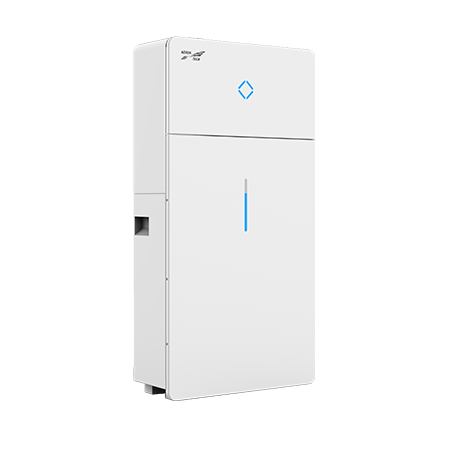
Home energy storage – batteries
Energy storage in the form of batteries operating with photovoltaic installations can be divided into:
- lithium-ion,
- acid-lead,
- lead-gel.
When choosing a battery, first of all, pay attention to its capacity, which informs about how much energy we can store. The battery capacity should be selected to cover the household’s electricity demand. It should be remembered that an incorrectly selected battery generates additional costs. Another important aspect that should be taken into account when choosing a battery is the number of charging cycles and the depth of discharge, as well as the temperature range in which it can work.
KEHUA energy storage
Home energy storage system refers to the combination of inverters, battery groups and other energy storage components to implement an uninterruptible power supply system for household consumers that combines renewable energy and implements load shifting to improve energy quality and bring economic benefits while reducing your bills. electricity.
KEHUA offers an intelligent residential energy storage system solution that fully supports off-grid applications/grid building when grid power is unavailable. The solution also allows you to adjust the export power of the system. If reverse power is forbidden, the system’s output power will be adjusted according to the load condition and will limit the power sent to the grid. The solution is also compatible with Li-ion batteries, Pb, Flow Battery, etc.
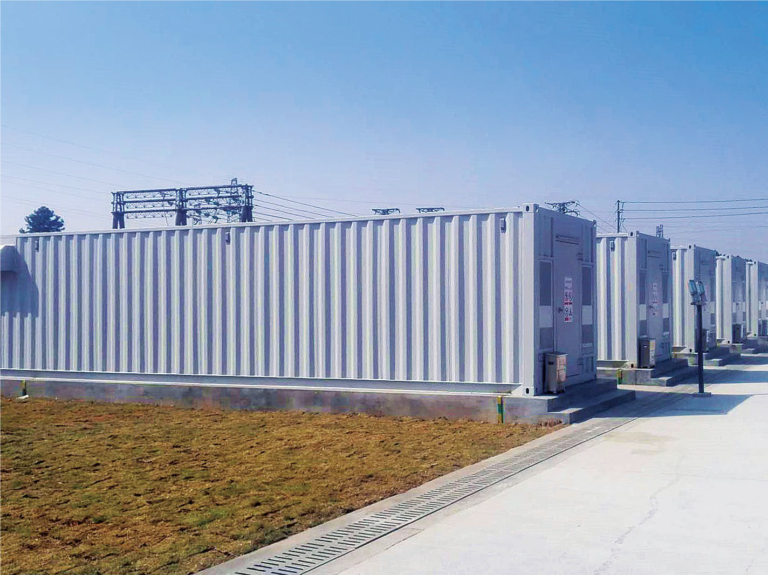
In June 2021, Kehua Tech, the world’s leading provider of smart energy solutions, announced that it had implemented a new household energy storage system – SPH 3600 ~ 6000-BH-S8, integrated a hybrid inverter and high voltage batteries to power the global structure transformation energy based on a distributed home power grid.
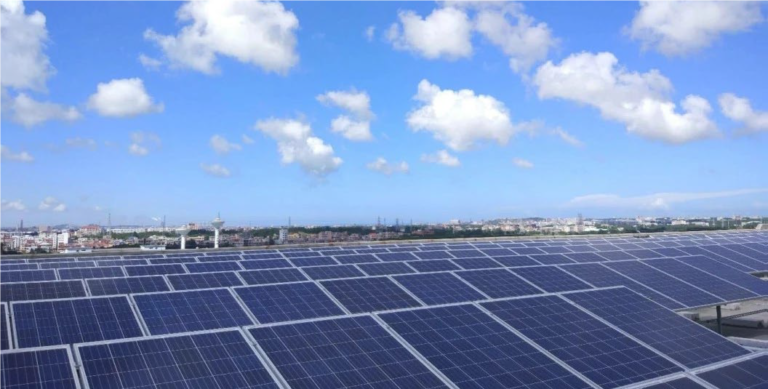
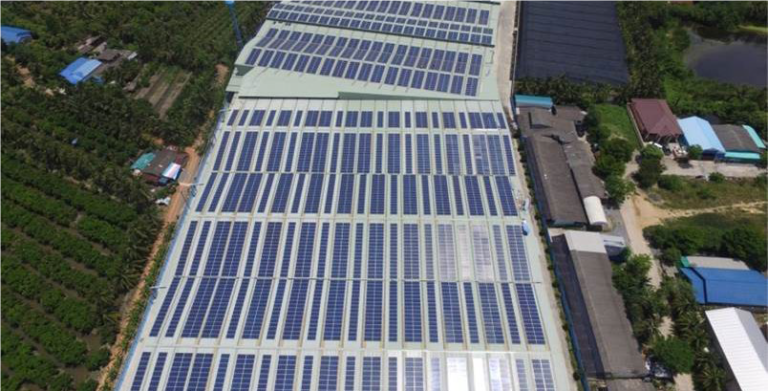
KEHUA LITHIUM ION BATTERY
BLi-2.4 / BLi-4.8 / BLi-7.2 / BLi-9.6
• Multi-level storage capacity for any situation
• Optional on the wall and on a stand
• All in one cupboard
• Excellent lithium-ion battery performance
KEHUA BATTERY PB-C
Pb-C-6 / Pb-C-10 / Pb-C-20 / Pb-C-30
• Combine the advantages of a lead-acid battery and a supercapacitor
• Very long cycle life, 2200 cycles at 60% DOD (25 ℃ / 77 ℉)
• Excellent charge acceptance performance
• Modular cabinet design, easy capacity expansion
• Less initial investment than Li-battery
KEHUA SPH192V SERIES 2 ~ 5KW
It is an energy storage system in residential buildings
- Intelligent communication (WiFi monitoring, cloud monitoring service, RS485 and USB communication ports)
- Intelligent energy management
- Lithium-ion battery:
10 years plus service life
Modular capacity from 2 to 9.6 kWh - Emergency power supply
- DC / AC battery efficiency up to 94.8%
Most Popular



Kapaciteti Srbije za Fotonaponsku (PV) Energiju

Serbia Capabilities for Photovoltaic (PV) Energy
Subscribe To Our Weekly Newsletter
Categories
- HJTPV.com
- HJT Technology
- HJT Producers
- HJT Solar Panels
- HJT Solar Panel Mysolar Gold 740W
- HJT Solar Panel Mysolar Gold 640W
- HJT Solar Panel AEsolar COMET 720W
- HJT Solar Panel AESOLAR COMET 650W
- HJT Solar Panel Bi Chaser Akcome 120 Cells
- HJT Solar Panel HuaSun HS-B120DS
- HJT Solar Panel Jinergy JNHM120 Cells
- HJT Solar Panel Risen Hyper-ion
- HJT Solar Panel QW Solar Giwa5 730W
- HJT Solar Panel QW Solar Giwa5 640W
- HJT Solar Panel Risen RSM120
- Cleaning Robot
- HJT Solar CELLS
- News&Knowledge
- Contact
- HJTPV.com
- HJT Technology
- HJT Producers
- HJT Solar Panels
- HJT Solar Panel Mysolar Gold 740W
- HJT Solar Panel Mysolar Gold 640W
- HJT Solar Panel AEsolar COMET 720W
- HJT Solar Panel AESOLAR COMET 650W
- HJT Solar Panel Bi Chaser Akcome 120 Cells
- HJT Solar Panel HuaSun HS-B120DS
- HJT Solar Panel Jinergy JNHM120 Cells
- HJT Solar Panel Risen Hyper-ion
- HJT Solar Panel QW Solar Giwa5 730W
- HJT Solar Panel QW Solar Giwa5 640W
- HJT Solar Panel Risen RSM120
- Cleaning Robot
- HJT Solar CELLS
- News&Knowledge
- Contact
Related Posts

Maximizing Agrivoltaic Performance with HJT/TOPCon Modules
MySolar a solar panel manufacturer, announced in 2023 that it has launched commercially available HJT + perovskite solar cells with a power output of 250 W. The company was founded in 2013 and has since become one of the leading solar panel manufacturers in Poland. HJT + perovskite cells are a new technology with the potential to revolutionize the solar industry.

Innovative 5MW Solar Farm in Northern Italy: Energy Excellence Meets Sustainable Agriculture
MySolar a solar panel manufacturer, announced in 2023 that it has launched commercially available HJT + perovskite solar cells with a power output of 250 W. The company was founded in 2013 and has since become one of the leading solar panel manufacturers in Poland. HJT + perovskite cells are a new technology with the potential to revolutionize the solar industry.

Kapaciteti Srbije za Fotonaponsku (PV) Energiju
Kapaciteti Srbije za PV Instalacije 1. Obilje pogodnog zemljišta: Srbija ima velike površine zemljišta pogodnog za fotonaponske (PV) instalacije. Topografija zemlje uključuje ravne ravnice, posebno

Serbia Capabilities for Photovoltaic (PV) Energy
Serbian Land Capabilities for PV Installations 1. Abundance of Suitable Land:Serbia has vast expanses of land suitable for photovoltaic (PV) installations. The country’s topography includes

